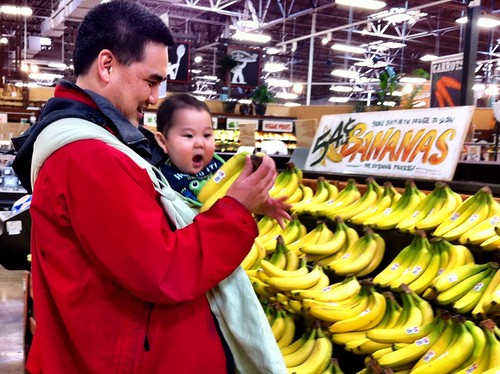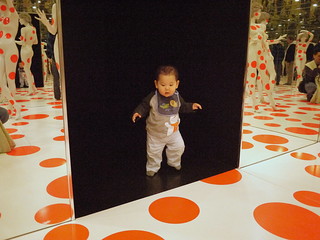 Think Complexity: Complexity Science and Computational Modeling by Allen B. Downey
Think Complexity: Complexity Science and Computational Modeling by Allen B. DowneyMy rating: 4 of 5 stars
In operations research, among modelers it is a truism that models are for insights, not numbers. And the ability to provide insight is even more important than the ability to provide proofs that the model is correct or that the methodology is efficient or accurate. Think Complexity is an introduction to computational modeling for the purposes of finding this insight in areas that defy proof techniques.
Complexity science is an area that is easy to hype. I admit to being highly skeptical when a student and co-advisor wished to introduce these concepts into a thesis. What Downey does in Think Complexity is to introduce the concepts and give computational examples. And instead of being a promoter he provides the tools for someone to explore and ask the questions of the models and consider if the insights presented by the models are believable.
The beginning of the book is an overview of philosophy of science, to set the stage for thinking about this type of model. Next is an overview of Python data structures and analysis of algorithms. Once past this, then you get more in depth coverage of implementation of different types of models used to explore complex systems. And here the emphasis is teaching enough to follow the example, with links to Wikipedia given for more formal introductions to the topic (and the Wikipedia articles seem chosen for quality of the article and the references for the dedicated.)
To properly do the exercises, one would have to be a good Python programmer, and these would be serious exercises in the application of data structures. But even if the focus was on an introduction to complexity science, being able to run and modify the examples made this a more useful introduction to the field of complex systems and models for emergent behavior than other works that I have seen. Running and playing with the examples makes a greater impact than the text explanation, and in this Think Complexity is a success.
Disclaimer: I received a free copy of an electronic version of this book through the O'Reilly Blogger Program.
More information about this book can be found at the O'Reilly website for Think Complexity

View all my reviews at Goodreads


